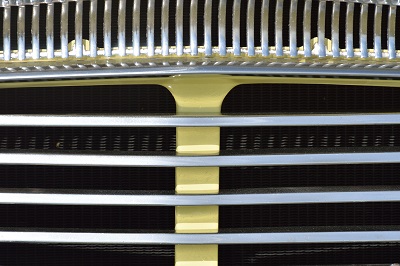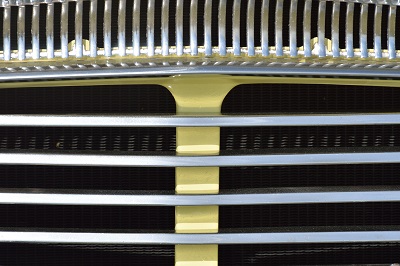
This blog will look at the telltale signs of a radiator leak. That’s a valuable skill. If a radiator leak or failure is caught soon enough, you’ll be able to address the problem before it gets too complicated or expensive.
How can a radiator leak impact your bottom line? If it’s left untreated, and your coolant system goes kaput while operating your car, critical engine components – pistons, gaskets, cylinders and more – could seize up, break down and otherwise quit working altogether. So, that small leak that was formerly a relatively quick and inexpensive fix is now a major headache that could require an entire engine replacement. Did that grab your attention? Let’s look at how you can detect a radiator leak.
First and foremost, the most obvious sign of a radiator leak is a hissing sound and steam from underneath your hood. How is this steam produced? When your radiator is leaking, the coolant sprays on hot metal surfaces. Contrary to popular belief, the smoke and steam is actually coming from where the coolant burns up on your engine, not from a hose or the radiator itself.
The next two signs and symptoms of a radiator leak deal with the coolant. If your car has been parked for a while and you notice green fluid underneath (your car’s antifreeze / coolant could also be yellow, red or another color), you have a radiator leak. Obviously, a few drips aren’t the end of the world. But if you have a huge puddle of colored stuff, it’s recommended to get your radiator fixed immediately. The second thing to look for with coolant is fluid elsewhere under your hood. Some radiator leaks disperse coolant up and away from the ground, which means your engine components will get a fresh coat of antifreeze and coolant.
Quick note on radiator leaks – some are so gradual, small and sneaky that you won’t see a puddle under your car, and you won’t observe hissing steam from leaking fluid. That’s why regular fluid checks are vital to overall car performance. Give your coolant system a check once every two weeks or so. If your radiator or overflow tank levels are depleted, there’s a good chance you have a leak somewhere. This method of detection gives you even more advance notice about potential issues down the road.
Don’t let a radiator leak ruin your engine. With a wide selection of radiators and cooling fan assemblies to choose from, BuyAutoParts.com gives you the OEM quality you want at prices you can’t pass up. Browse our entire assortment today. With our easy-to-navigate ordering system, you’ll quickly find the radiator and related cooling system components to make your coolant system like new again.
To find out more on a particular radiator, give our cooling system consultants a call at (888) 907-7225. There’s also a chat portal and other ways to reach us on the BAP contact page.
Written by Dara Greaney






